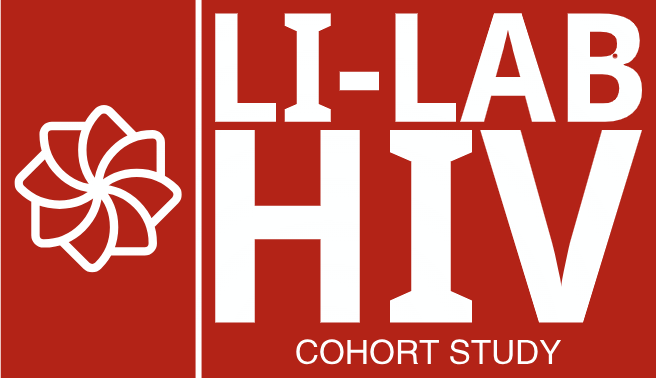AIDS is a major chronic infectious disease that endangers human health. Due to its characteristics such as hidden transmission, accompanied complications, and the need for lifelong medication treatment, it has brought huge challenges to public health. Although China is a country with a low prevalence of AIDS, the absolute number of HIV - infected people is relatively large. Data shows that as of 2022, there are 1.223 million surviving HIV - infected people, bringing a relatively heavy disease burden to society and individuals.Over the past three decades, thanks to the joint efforts of all parties, HIV infection has changed from a fatal infection to a controllable chronic disease. However, although the virus of infected people has been effectively controlled after long - term antiretroviral treatment (ART), they may have health risks caused by immunosuppression and the cumulative effect of long - term side effects of ART. Therefore, there are highly variable health conditions among different infected people. For those who have been recently infected with HIV, with the reduction of ART toxicity and the improvement of its effectiveness, AIDS - related diseases have been significantly reduced, but the prevalence of chronic end - stage organ diseases has increased. Studies have shown that more than two - thirds of the deaths of HIV - infected people are related to non - HIV - related diseases. Some non - infectious comorbidities, such as heart disease, malignant tumors, and cognitive decline, are highly prevalent among HIV - infected people, and the relevant comorbidities occur about ten years earlier than those in people not infected with HIV. Some studies have shown that 83% of HIV - infected people aged 50 and above and 63% of those aged 18 - 49 have at least one comorbidity, while 100% of those aged 75 and above have at least one comorbidity, and more than two - thirds have multiple diseases.
Therefore, establishing an infected cohort that can be observed for a long time and followed up regularly is crucial for understanding the disease characteristics of complications and comorbidities in this population, establishing accurate prevention and intervention strategies, summarizing treatment methods to accurately guide future drug use, and reducing the burdens on individuals, families, and society. It has important public health significance and extremely high necessity.
Based on the above facts, it is planned to rely on the previous treatment data of infected people to establish an HIV - infected cohort with no less than 5,000 people and formulate a complete regular follow - up mechanism to provide evidence for the treatment, prevention and control, and intervention of future HIV - infected people.
我们来自上海交通大学医学院国家热带病研究中心-全球健康学院,学院是上海交通大学医学院下属二级学院,由上海交大医学院和国家热带病研究中心共同承建。
课题组由6名工作人员及多名硕士/博士研究生组成,工作人员包含5名博士、其中正高职称一人、中级职称两人、博士后两人、研究助理一人。成员专业背景包含临床流行病学、老年流行病学、环境毒理学、营养流行病学等。主要研究内容包含以老龄人群等为代表的重点人群健康有关的分子流行病学研究,主要包括重点人群发病因素研究、环境健康与重点人群健康的交互作用研究,基于多组学技术生物标志物研究等。
在获取数据方面,团队与国内多家三甲医院、疾病预防控制中心、社区医院形成深层次合作,构建了“老年社区队列”、“重点人群疾病防控队列”等。
We are from the School of Global Health - National Tropical Diseases Research Center of Shanghai Jiao Tong University School of Medicine. The school is a secondary school under Shanghai Jiao Tong University School of Medicine and is jointly constructed by Shanghai Jiao Tong University School of Medicine and the National Tropical Diseases Research Center.
The research group consists of 6 staff members and several master's/doctoral students. The staff members include 5 doctors, among them one with a senior professional title, two with intermediate professional titles, two post - doctors, and one research assistant. The professional backgrounds of the members include clinical epidemiology, geriatric epidemiology, environmental toxicology, nutritional epidemiology, etc. The main research contents include molecular epidemiology research related to the health of key populations represented by the elderly population, mainly including research on the pathogenic factors of key populations, research on the interaction between environmental health and the health of key populations, biomarker research based on multi - omics technologies, etc.
In terms of data acquisition, the team has formed in - depth cooperation with many domestic top - tier hospitals, disease prevention and control centers, and community hospitals, and has constructed the "elderly community cohort", "key population disease prevention and control cohort", etc.
